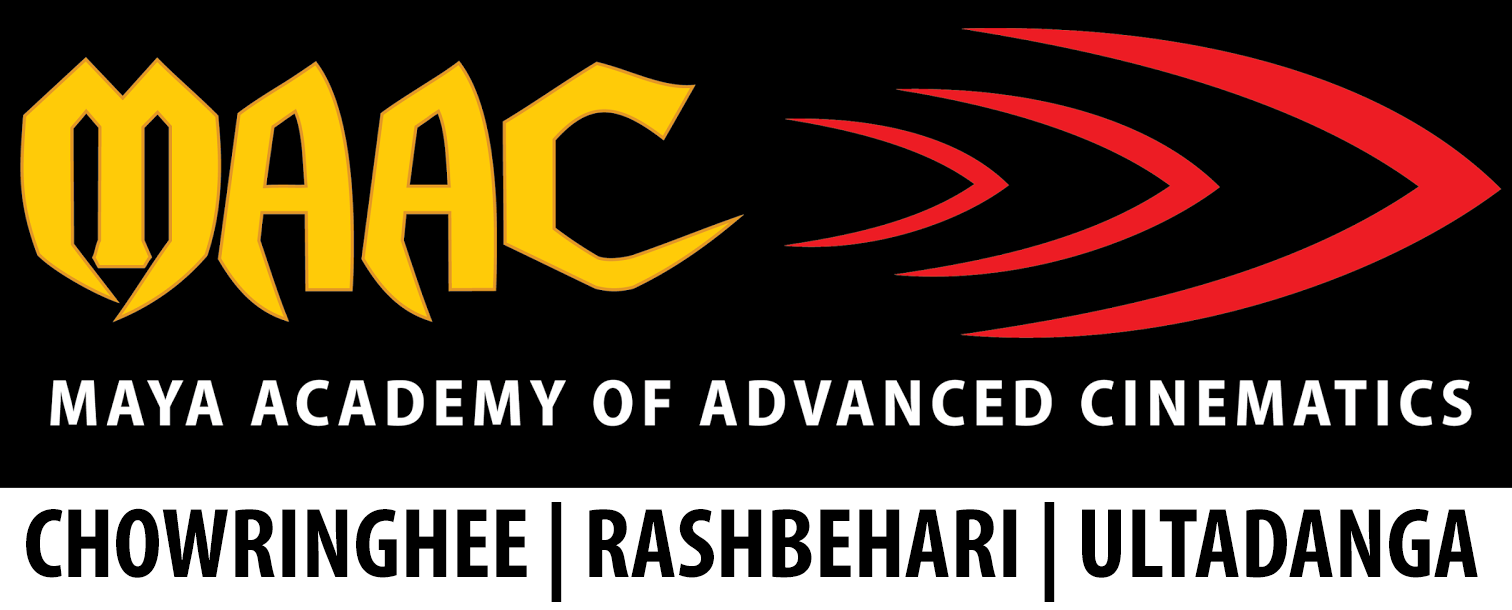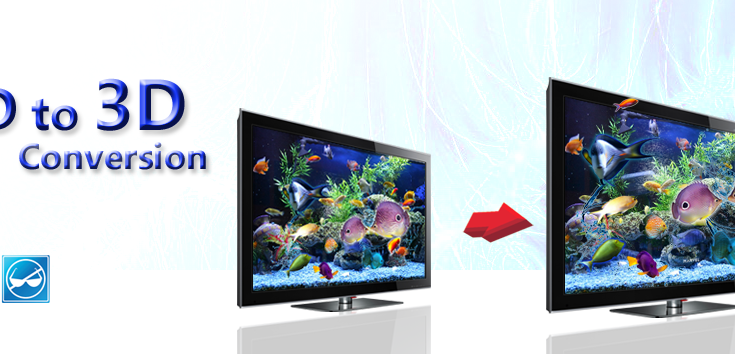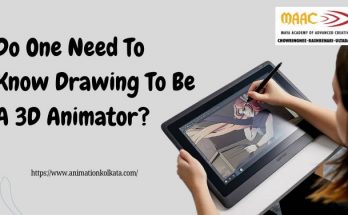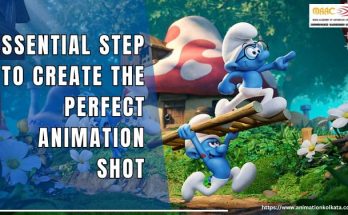Hello readers, let’s look upon 2D to stereoscopic 3D conversion in this blog.
The process of transforming 2D flat film to 3D form is called 2D to stereo 3D conversion or in other words it is a technique to enhance the illusion of depth by means of binocular vision.
During this conversion process depth perception is added into the digital images.
The conversion should be done with sufficient accuracy and correctness; the quality of 2D images should not deteriorate.
As more and more films are released in 3D now days, 2D to 3D conversion is becoming more common today.
More often non-CGI stereo 3D blockbusters movies are converted fully or sometimes partially from 2D footage.
Film like Avatar contains 2D scenes and converted to stereo in post-production.
Financial, Technical and Artistic are the reasons behind the shooting in 2D instead of Stereo.
The need for high quality stereoscopic images is growing; 2D to 3D stereo conversion will grow large in future.
Reason For 2D To 3D Stereo Conversion
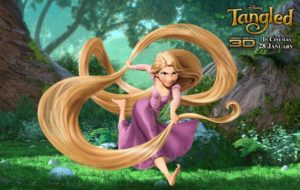
2D to 3D stereo conversion gave a whole new dimension to Disney movies.
Animated films like Toy Story 3 or Tangled have generated stereo imagery from software like stereo-RenderMan.
3D provides the third dimension of depth which can be perceived by the human vision in the form of binocular disparity.
The advancement in the field of computer animation provides a second camera view which gives depth and volume to each and every 2D frame.
Filming in 3D requires various parameters and is expensive, bulky and complicated; stereo post-production is also expensive and time consuming compared to stereo conversion.
There is a high chance of various mismatches in stereo image like tilt, colour shift, vertical parallax during stereo camera shooting and it can be more complex than stereo conversion.
Stereo post-production is more complex, requires more work, time consuming and not well-established.
Stereo conversion is more cost effective and easy to achieve rather than stereo camera shooting or stereo post-production.
The stereographers uses as many digital retakes as required to perfect angle and depth in order to maximise the quality of each sequence in movie.
By the technique of stereoscopic 3D film artists create visual perception of a 3 dimensional image from the 2D flat surface or 2D image.
Stereoscopic supervisor Bob Whitehill at Pixar Animation Studios says he sets the parameters on a shot-by-shot basis.
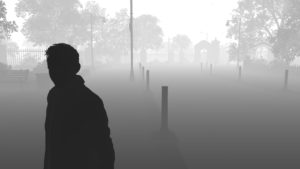
Methods of stereo conversion use depth maps based rendering.
A depth map has grey scale that contains information about the interval or gap of the surfaces of scene objects from a viewpoint.
Depth Map is needed to determine the right distribution of the objects for the second eye.
Conversion of 2D image into 3D stereoscopic needs a good depth map first; depth map is consists of various shades of gray to show the depth of every part of the frame.
It requires reconstruction of 3D shapes from single or multi-view depth maps.
Steps for depth based conversion methods are Depth budget allotment, every important surface should be separated and depth map should be created.
Image segmentation, depth map creation are time-consuming steps.
People attached to such work are called depth artist.
Multi-Layering is another technique for 3d stereo conversion in which multi-layering involves implying a depth map to more than one slice of the flat image resulting in a much better depth.
3D reconstruction is also used in stereo conversion; it works well in the scenes with static rigid objects such as shots with buildings, interior shots and soft fuzzy edges.
Key to good 2D to 3D conversion is Depth Maps quality.
Usually depth maps are created for each frame present in the scene.
A good conversion can be achieved by maintaining overall nice working relationship with supervisors.
Filmmakers should make a good film in stereo rather than good stereo film.
Stereo conversion is applied in converting older films such as Star Wars.
Studio like ILM converted Star Wars films for director George Lucas.
Roto tool is used for stereo conversion by volume; it is a time consuming work in conversion process.
Roto helps to outline any character in shot.
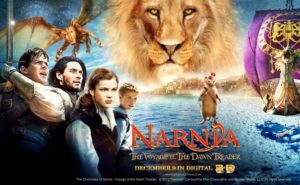
Prime Focus converted The Chronicles of Narnia: The Voyage of the Dawn Treader.
In the film The Chronicles of Narnia: The Voyage of the Dawn Treader the team used View-D to convert mono shots to final stereo shots in about 8 weeks.
View-D 2D to stereo 3D conversion tool is another example; used after roto.
This was developed in Prime Focus by Chris Bond.
View-D tool allows artists to work on roto and then build second eye and stereo effect.
Ocula has been made by The Foundry in London for stereo post-production; it produced high quality disparity maps for high quality solution.
Many VFX houses use Ocula; it was used for Disney’s Pirates of the Caribbean: On Stranger Tides.
High quality conversion methods should deal with problems like Reflections, Film Grain, scenes with fast erratic motion etc.
In case of automatic conversion, a depth map of the entire scene can be calculated through camera motion.
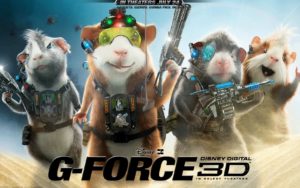
In 2008 Walt Disney Pictures and Jerry Bruckheimer Films depended on In –Three for the live action 2D to 3D conversion of movie G-Force and Sony Pictures Image works converted CG animated scenes.
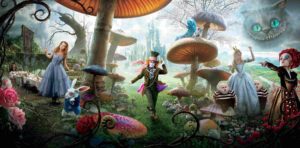
Disney returned to In –Three for the film Alice in Wonderland.
In-Three was founded in 1999 and patented a process called Dimensionalization t which helps to convert 2D films into high quality 3D films or development in stereoscopic reconstruction of two dimensional images.
Artists face challenged in handling finest details in Alice in Wonderland as women had wispy hair; there were leafy trees and lot of vegetations.
Stereoscopic films have influenced cinema a lot and will continue to impress audience in near future.
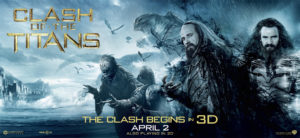
Standard release of the film Clash of the Titans occurred first and then 3D converted version was released in the same year.
View-D conversion process was used to convert the movie into 3D.
If you wish to know more about 3D stereo conversion then do contact us.
